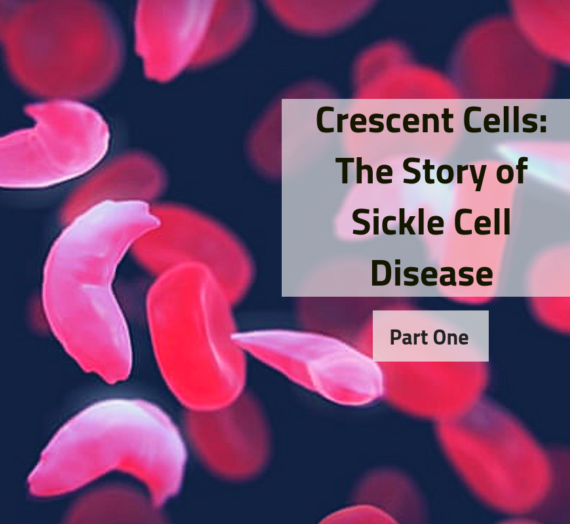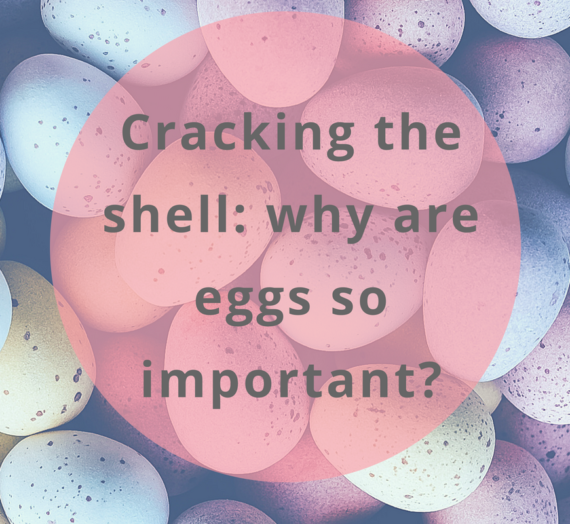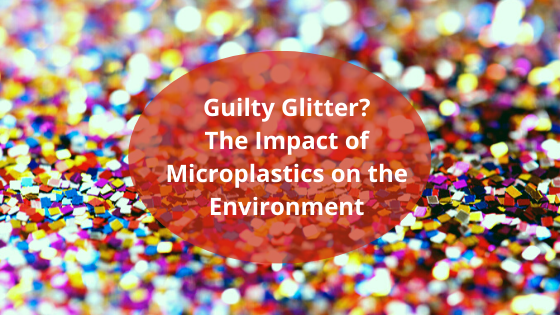It’s hard to believe that a whole two years have passed since we hit ‘publish’ on our first blog post and launched Seeking Science! If you’d like a trip down memory lane, check out our very first post here! We’ve had a blast growing our blog and making friends online over these last two years, so we thought this would be a good time to reflect on some of the things we’ve learned about the world of sci-comm!
Science communication is valuable

There seems to be this attitude amongst scientists and academics that anyone choosing to go down the communication route rather than sticking to lab-based work is taking the easy way out. This is absolutely not true! As we mention in our mission statement, science affects all of our lives, from environmental matters to healthcare, and hence scientific topics must be communicated accurately and appropriately. Communicating the findings of a new clinical trial will be different if you are addressing academic researchers versus talking to patients; knowing how to change your ‘voice’ is tricky and takes a lot of skill.
Not all scientists are excellent communicators, and that’s okay, but we should acknowledge those who do make a career out of communicating science; without them, science news wouldn’t get reported to the public, drugs wouldn’t be marketed to the patients who need them, children wouldn’t get taught about science, charities wouldn’t get the exposure they deserve, to name just a few examples. If you’re studying science and feel that the lab isn’t for you, don’t be disheartened; there are still lots of other careers you can pursue, and working outside of the lab doesn’t make you any less of a scientist.
STEM needs to be made more inclusive
We all know that, unfortunately, science is not the most inclusive field, and certain groups of people are not as well represented as they should be. The entire point of sci-comm is to make science more accessible; yet, sometimes, sci-comm fails spectacularly at this. The major problem, in our opinion, is ignorance, however well-intentioned, sometimes it’s clear that the people doing sci-comm are out of touch with the people they’re trying to reach. For example, the singling out of specific ethnic communities that we “must try and get through to” is extremely alienating and disrespectful; what’s to say that people in those communities aren’t already engaged in science? Painting a mindless picture of the people that scientists must somehow reach is not helpful or useful; sci-commers must learn to address everyone and NOT use certain groups as examples or case studies. Human beings are not your public engagement experiments.

The THEM and US attitude in sci-comm is another thing that needs to change. Even the term ‘minorities’ creates a sense of ‘otherness’ around these diverse groups of people. To truly reach those who are not well-represented in STEM, science has to come to them; it must be relevant; easy to understand; most importantly, it must be accessible for everyone. How can one expect anyone to have an interest in STEM, when STEM alienates them because of their skin colour, their ethnic group, their gender, their beliefs, their sexual orientation?
Another factor that ties into the underrepresentation of minorities in STEM is religion. Many believe that science and religion cannot coexist; that there can only be one winner in the battle for belief. There is, however, somewhat of a blurred line between the two. Some might believe that a higher deity made the world the way it is to allow us curious humans to explore it through the lens of science. It’s not our place to discuss philosophy, but it is important to remember that faith is a personal thing, and as diverse as the myriad of religions in the world. Back to representation, perhaps this could be a reason many ethnic minorities aren’t well-represented within the science world – they’re not taken as seriously due to their belief in something that many scientists see as incompatible with a scientific, fact-based attitude. That is something that needs to change.
There is also an economical barrier preventing people from engaging in science. People from all backgrounds can feel alienated from STEM because of money. Taking your kids to a science museum, for example, costs money; for travel, food, the inevitable trip the kids will want to make to the gift shop – even if your museum has free entry, there is still an element of privilege associated with being able to visit. Of course, there are many great initiatives out there attempting to make STEM inclusive, but there is still work to be done.
Check out our post for the International Day of Women and Girls in STEM on the barriers that women in science have to tackle
Fake news is contagious
If you have an internet connection, odds are you’ll have come across some fake scientific news at one point or another. In the current climate, with coronavirus dominating the headlines, fake news seems to be more contagious than ever.
A study published in Science in 2018 suggested that fake news is usually newer than true news, and this novelty invokes a sense of surprise, disgust or fear. Therefore, it appears that fake news thrives because it has the ‘shock factor’. We humans like to be shocked, and when we read something unbelievable, we’re more likely to share it.
It seems impossible to stop the spread of fake news, so the best way to tackle it is instead, knowing how to spot it.
How to spot fake scientific news:
- Be wary of stories starting with ‘a friend who works in…’
- Look out for ‘big’ language: ‘the first, the best, brand new…’
- Check the source – can you find a source for the information? Does it come from a reputable place? If you can’t find any other information relating to it, chances are it’s fake
- Be sceptical – does the information seem plausible? If it sounds too good to be true, it probably is.
Here are some more great tips particularly focusing on fake coronavirus news
Communicating science is everyone’s responsibility

Following on from the last point, we all have a duty to scrutinise the information we absorb, and to pass on this knowledge to those around us. Sci-comm can be done in your own home; inform your family how they can identify fake news, teach them about how vaccines work, why plastic is bad for the environment, or anything that they may be curious about and that they might not immediately think is relevant to them.
Even if you don’t have a scientific background, there are so many ways to access information nowadays and it is easier than ever to educate ourselves. Of course, no one expects you to go away and do an online course on marine biology, but it’s important to take the things you read in the media with a pinch of salt and do your own investigation. We can all do our bit to combat misinformation, and spreading correct, factual scientific information is now more crucial than ever. So, don’t think that you need to have a PhD, a science-communication job, or even a science blog to be qualified enough to inform those around you about science, we can all get involved!



